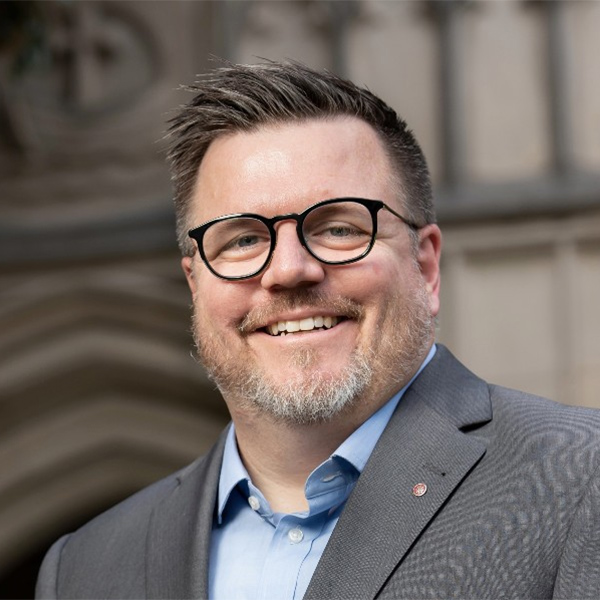“When will you retire?”
Every few weeks, a fellow church member asks me this question. For reasons that are a mystery to me, Robert has decided that I should retire. Robert does not know anything about what I do, but he has managed to develop some intuition about my future. Now, every time I see Robert, I think about retirement.
Many factors can precipitate a retirement, including the person’s health, family members’ health, and the financial situation of the employer or employee. For economic reasons, retirement is not accessible to all.
Individuals don’t always get to decide the timing or circumstances for leaving the world of work. Even when a person has some ownership of the timing, such decisions are not made in a vacuum.
“Retired” is a category with meaning in some cultures, but it makes very little sense in others. Still, nearly every culture has some traditions about how to honor and support elders and their influence. In some, elders are respected; in others, such as white American culture, elders tend to be moved to the sidelines. In the U.S., there are multiple tax-supported or incentivized systems to encourage some older people to step aside.
With all these nuances in mind, I have been watching people who have some agency to make decisions and have noticed that those in good health and with some resources retire in phases.
Retirement 1.0 is marked by a move away from responsibilities that are draining and toward opportunities that bring joy. It might be caring for the grandchildren or pursuing a job — part-time, full-time or volunteer — for the love of work that frequently involves less “managing” and more “doing” or “advising.” This phase is a consistent involvement, with active engagement, not sitting around wondering what to do.
For more than 30 years, I have been supporting clergy called to be interim pastors. One segment of this group is clergy near the end of their careers who continue to be called to pastoral ministry. They have loved the complexity of congregational life but have become wearied by the assumption that they will take care of everything as pastor. Wanting to share the burden more equitably, they may find the role of interim just right.
During an interim between installed pastors, the congregation often knows that it has work to do. Church members and their lay leaders feel a responsibility for that work that is seldom present once a “permanent” pastor is installed.
The work of interim pastoring requires significant energy, but the congregation in an interim often contributes significant energy. While the pastorate can feel like “pushing,” interim ministry can be more like “steering.” I have observed this work as an excellent fit for pastors in Retirement 1.0.
I have also observed the work among pastors in Retirement 1.0 manifest in service as a chaplain, a congregational associate or a consultant. If retirees and their loved ones are healthy, this phase can last for decades.
Some people in this phase may resist the idea that they are retired. I see them doing more of what they want to do. They show signs of a freedom that is a distinct phase of life and work, even if they’re not fully retired.
In my mind, Retirement 1.0 requires some letting go. Staying in the same job while moving into Retirement 1.0 can be complicated to navigate for everyone in the system. It might work, but I have plenty of examples where such a move creates a lot of stress and challenges the health of the organization.
Many in church circles will know of a pastor emeritus who struggled to find a fruitful definition of that role and remain active in the same congregation. Often, clergy who are accountable to denominational hierarchy are prohibited from being actively involved with a congregation after resigning or retiring. There’s a reason for that.
Retirement 2.0 is distinguished by a stepping back from daily responsibilities outside of family and health. Retirees in this phase might volunteer or travel occasionally, but their pace is notably slower.
I have observed several people move between Retirement 1.0 and 2.0. Most often, the shifts come from changing circumstances in their physical well-being or that of family members. The difference between these two phases is on a continuum related to pace and health.
Retirement 3.0 is a pulling back from most responsibilities beyond daily living. The retiree’s world often shrinks at this stage.
As an organizational leader, I have been the supervisor of four people who retired. For all four, the process of discernment was unique to their situations. Unlike people leaving an organization for another job, those retiring have the opportunity and burden of deciding what is next.
Each person had different financial resources. Each one had specific family circumstances. Each developed a plan for what was next. It was almost like they each were starting their own small businesses — determining a mission, an audience and a financial model that matched their particular callings and energy.
The cultural and ethnic traditions and views of the role of elders in the community have an enormous impact on how this American phenomenon of retirement functions within specific communities. For example, the stresses between first and second generations of immigrants can become focused on the role and authority of elders. In certain communities, the framework of retirement might not be helpful to assess the situation.
Some communities are faced with the challenge of incorporating younger generations into leadership. For others, the challenge lies in figuring out how to engage elders productively. Finding a way to talk about who carries the weight of leadership and how all can participate in community responsibilities is significant.
My friend Robert might not be right about when I should retire, but as a leader, I do need to consider the age demographics of my community and the distribution of responsibilities and leadership across the ages.
Retirement is a tool that both prompts individuals to discern their next phases of work and life and creates opportunities for people to take on new responsibilities. It is not an individual decision, although much of the discernment falls heavily on one person. Maybe all of us need a Robert in our lives prompting us to think more deeply about God’s call to us.
I have also observed the work among pastors in Retirement 1.0 manifest in service as a chaplain, a congregational associate or a consultant. If retirees and their loved ones are healthy, this phase can last for decades.














